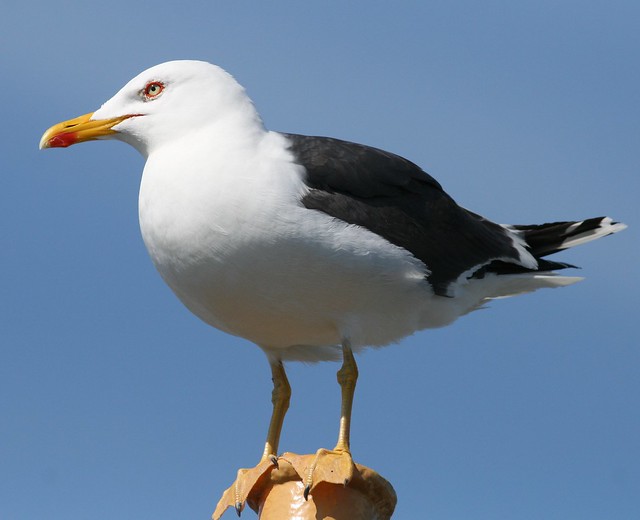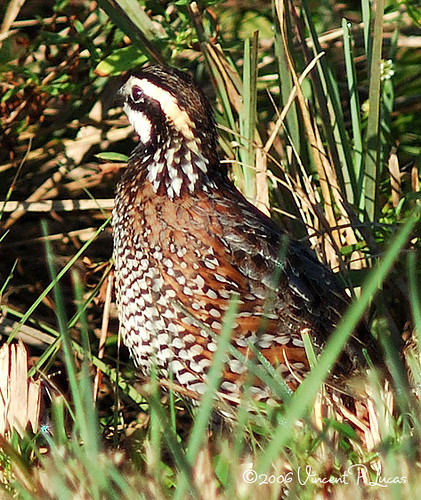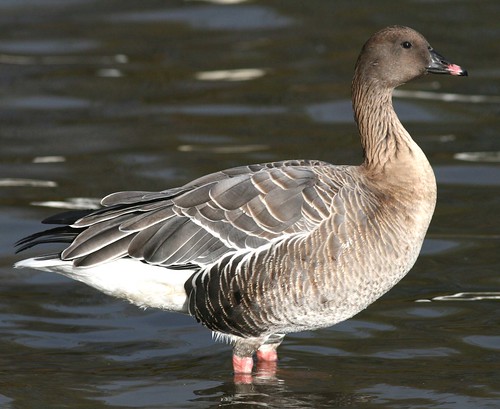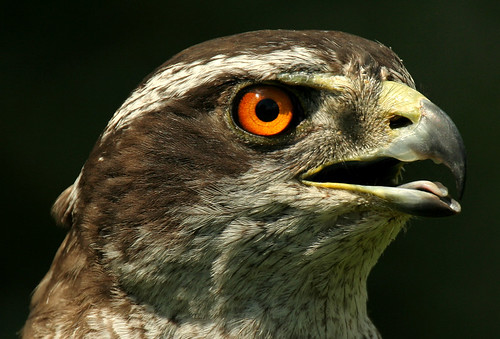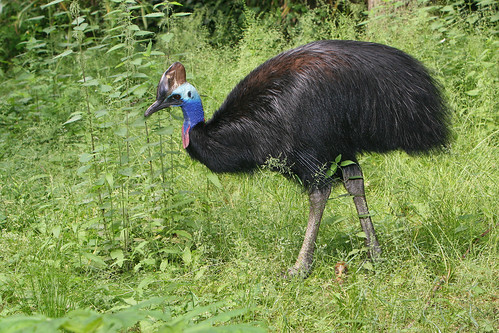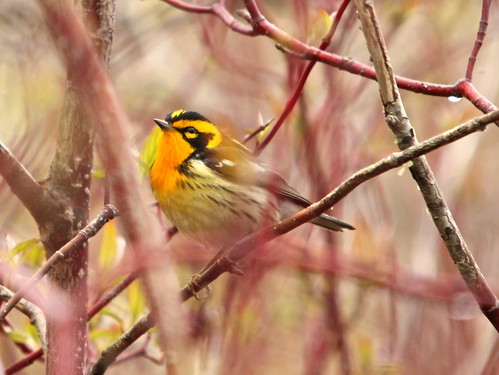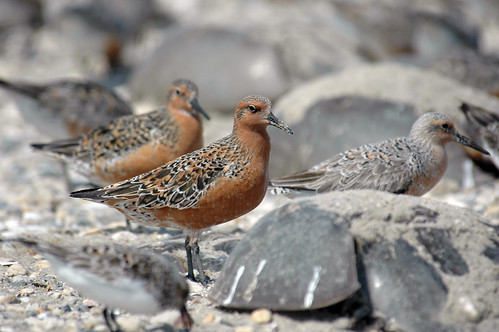2011 Bonanza Bird #13
Meet the Colorful and Musical Dickcissel
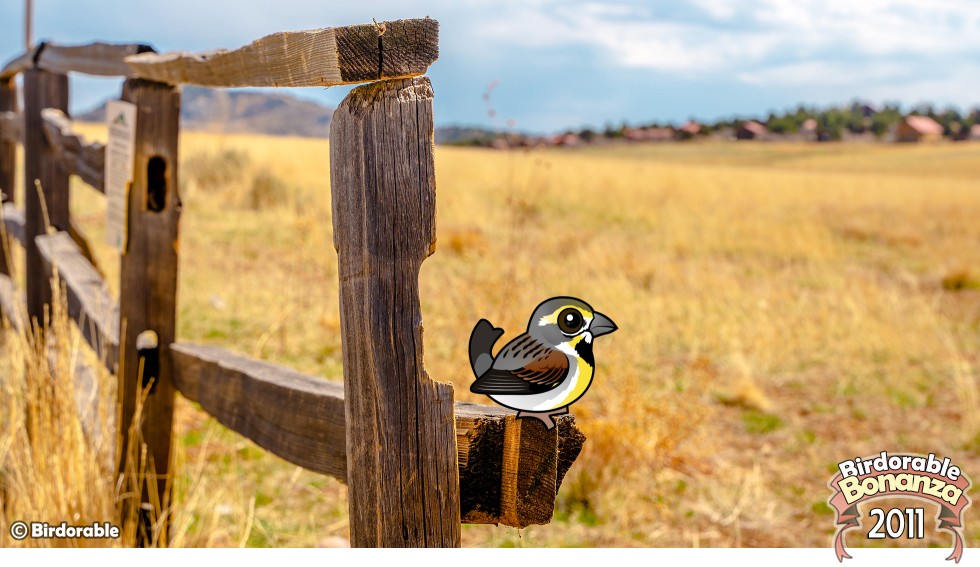
Birdorable Bonanza introduces the Dickcissel, a vibrant, sparrow-like bird often found in the grasslands of the Midwest U.S. during the summer months. Named for its distinctive song, which sounds like "dick! dick! cissss cissss," the Dickcissel is easily identifiable by its unique call. Male Dickcissels boast a striking appearance with a yellow chest, black throat patch, and a robust build, especially during the breeding season.
Dickcissels breed in North America and migrate to Central and South America for the winter. They favor tall grasslands and prairie habitats, where they feed on seeds and insects. Despite their small size, they play a crucial role in their ecosystem by helping control insect populations and dispersing seeds.
Unfortunately, habitat loss has impacted Dickcissel populations. Agricultural development and the reduction of grasslands have led to declining numbers in some areas. Conservation efforts focus on preserving their natural habitats and promoting sustainable agricultural practices to ensure these charming birds continue to thrive.
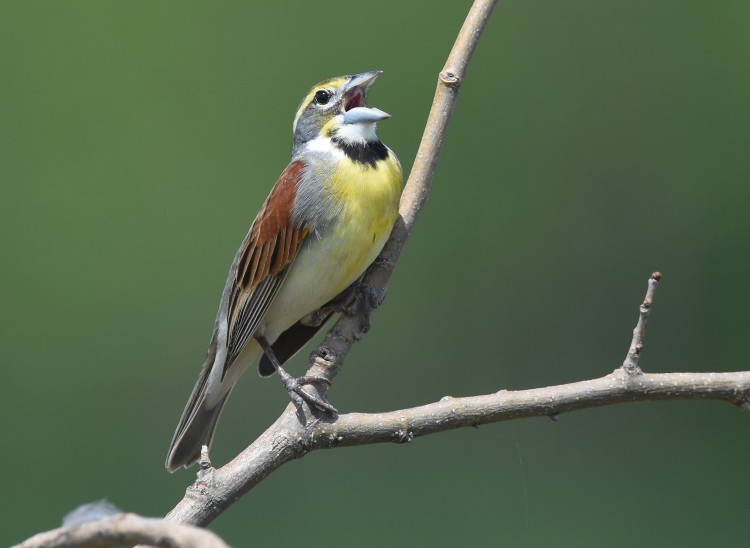
Dickcissel by Andy Reago and Chrissy McLaren (CC BY 2.0 DEED)
Tomorrow's bird is a bird in the Rallidae family with an almost worldwide distribution. Can you guess what it will be?




